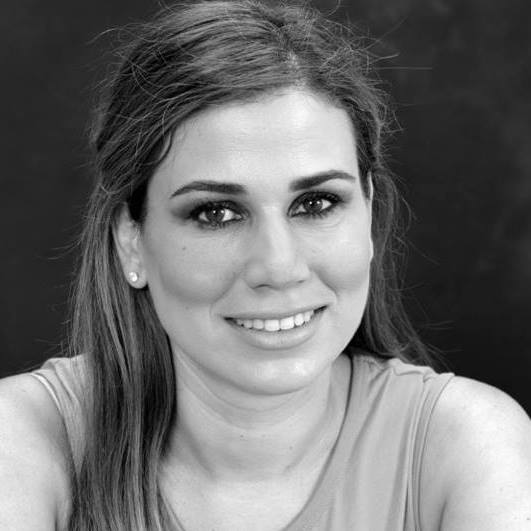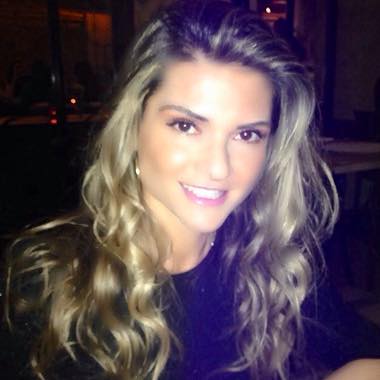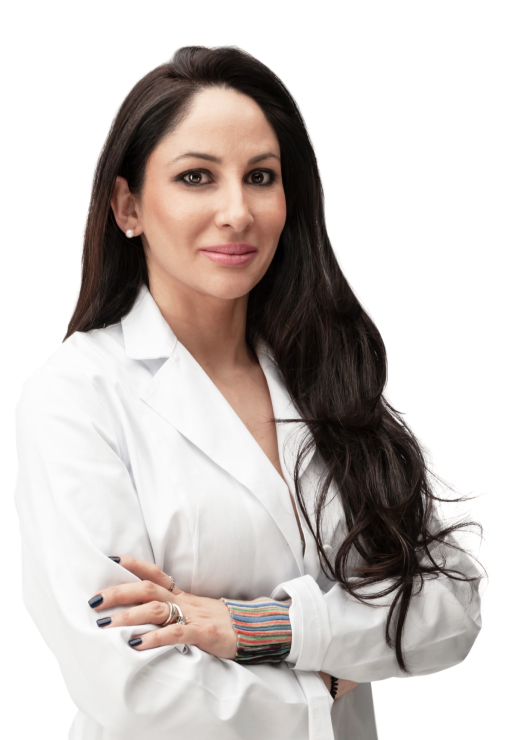Complete hair loss in one area (alopecia) or throughout the scalp is one of the most feared phenomenon by both men and women. It is normal to lose up to a few dozen strands of hair every day, because they have their own life cycle at the end of which they fall out. This phenomenon goes unnoticed because a small percentage of hair is lost, new ones are formed and the hair does not change. Many factors including mainly stress but also infectious and chronic diseases, nutrient deficiency, hypothyroidism and some drugs can cause telogen effluvium, an increase in the number of hair falling out: thinning becomes visible and “dramatic”.
When the fall is not followed by regrowth, alopecia appears. The circumscribed form (alopecia aerata) manifests itself again and above all due to stress, but also to autoimmune phenomena. Androgenetic alopecia is a common form, especially in men where it progresses from the frontal region to the nape. In women, it can occur at the top of the head after menopause. The cause is DHT (a hormone derived from testosterone) which, for genetic reasons, increase both the concentration and the sensitivity of the receptors in the scalp.
Alopecia can be treated with mesotherapy.
Mesotherapy consists in the diffusion of substances or active ingredients in an intradermal way, with the aim of reactivating the functioning of the hair follicles. These are small, not very deep injections, made directly into the scalp, with the intention of preventing hair loss, improving its density and quality. The liquid used, in small doses, is composed of:
- amino acids;
- vitamins;
- polynucleotides;









